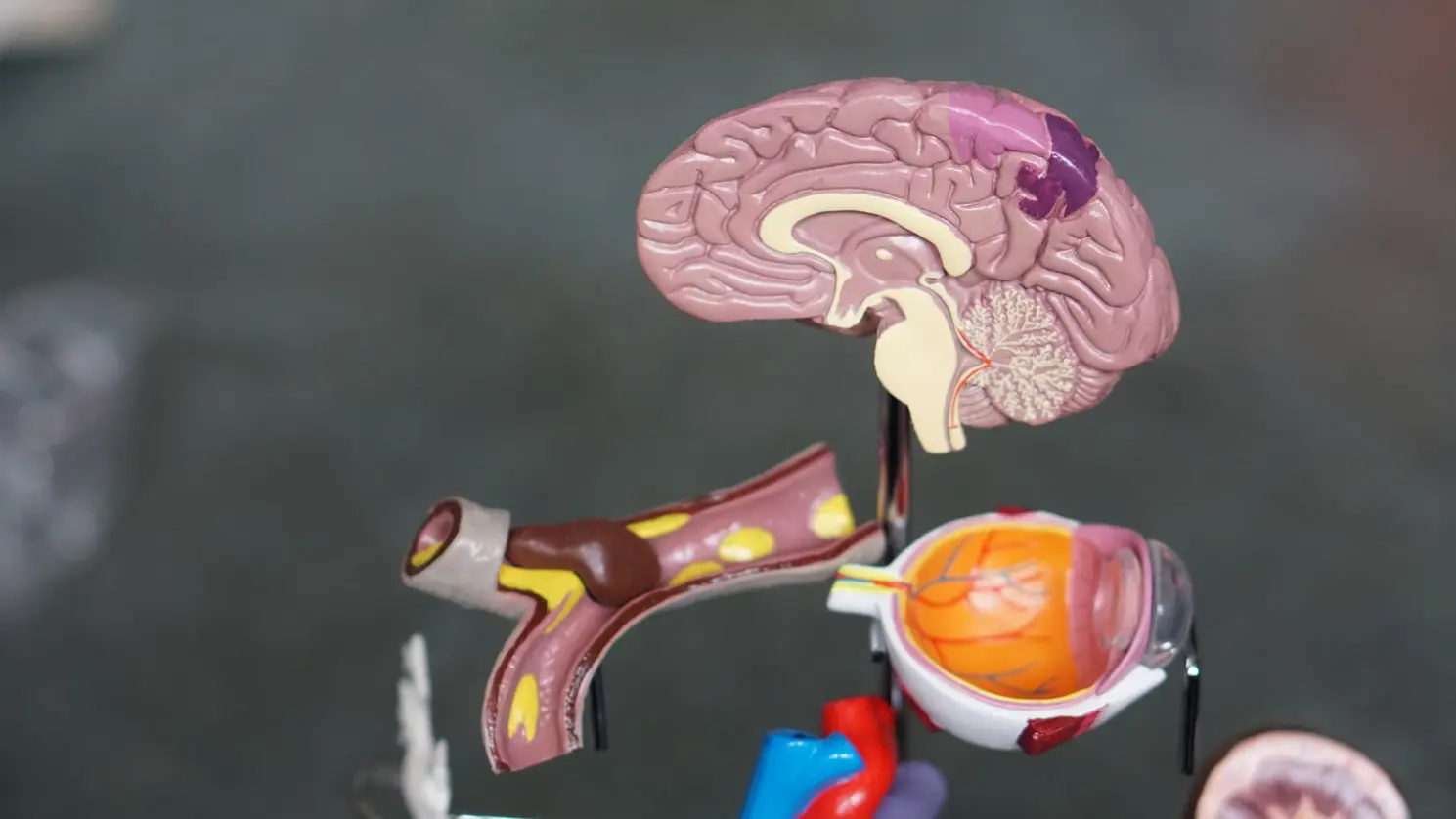Could you live without technology?
In this day and age, almost every single person uses technology in some way, shape or form to make life easier. In fact, a massive 58% of Brits now own a smartphone and 19% have a tablet. That means that we’re online more than ever before - whether it’s to call a friend, check a train time, book a holiday, pass the time, or even save a life. It’s safe to say that Reason Digital couldn’t operate without it, that’s for sure.
Yes, for most people, tech is not something we give a second thought to, but some people literally can’t live without technology – and we aren’t being dramatic.
For some people, the existence of technology is the difference between silence and laughter, loneliness and interaction, and even life and death.
This is why we’re really proud to say that the digital campaign that we helped the The Royal Hospital for Neuro-disability’s (RHN) to create, to coincide with Brain Awareness Week, actually won Best Use of Technology in the 2013 Charity Times Awards last night!
This campaign is proof of just how far technology can help your message reach; especially in an age where more people shop online than donate to charity – humbling fact for you there.
The aim of RHN’s campaign was to raise £20,000 in order to provide more assisted technology sessions for those in need of RHN’s help – including people suffering from the effects of a stroke or locked-in syndrome, amongst other disabilities. An opportunity that will give them back their lives and often their ability to communicate.
As technology is so important to RHN’s patients, it made sense that technology would be the focal point for the entire campaign. So, we created a short film that asked patients what technology meant to them – like Zita, whose life was changed forever when she suffered a stroke aged just 26.
We added device recognition technology to the video, and made the website responsive. So, whether someone was using a smartphone, iPad, laptop or computer, the film adapted to show a patient at the RHN using the same device to dramatically improve their life.
This device customisation also meant that the call-to-action would differ depending on which device was used, which led to different donation options being offered. So, if you accessed the site via phone, you would be presented with information about text donation. This meant people were much more likely to give.
So, how did the campaign work for RHN?
Very well, in fact; not only did they meet their record fundraising target, but they exceeded it. All donations, as a result of the campaign, were also doubled by a very generous anonymous donor, so RHN received over £20,0000 and were able to provide 1,024 computer sessions to people living with a disability as a direct result.
The idea behind the campaign was not only to raise money, but to put technology under the spotlight, to show how it can be adapted to help people with neurological disabilities and emphasise just how important it is, outside of the weekly online shop, or that favourite app that you are always using.
The RHN took the campaign to Facebook and Twitter, encouraging people to explain what technology meant to them after seeing the difference it makes to someone at the RHN, using the hashtag #technologymeans. RHN even received a RT from Mayor of London, Boris Johnson, which went out to his 700,000+ followers.



Our new #BAW13 campaign film is live! See it on our new charity website here: https://t.co/UG1N7iFNut & tell us what #TechnologyMeans to you
There were other ways technology was used in the campaign too. One of the assistive therapists from RHN took to Reddit to participate in an IAmA (this is a great read if you have a few minutes) engaging a whole new technology-focused audience in dialogue about the hospital’s work. Questions ranged from asking about whether therapists preferred to use Windows or Mac software to more personal questions and thanks from those who’ve had close experiences with neurological conditions. It took just two hours, and generated thousands of visits to the campaign website.
The RHN promoted the campaign across Facebook and Twitter, but the response from social media seemed greater on Twitter. The hashtag #technologymeans was also included in a Thunderclap (a social, crowd-speaking platform that helps people be heard by saying something together), which was sent on the Wednesday evening of Brain Awareness Week with a social reach of over 48,000 over the two social networks.
As an added bonus, adding another level to the campaign, we were able to really put the Apple vs. Windows war to the test, by finding out which type of user was the most generous, as well as finding out how people prefer to donate, whether by smartphone, online or offline.
Well, whether you like it or not, the most generous users were…Windows users!
Yes, based on this campaign’s results, Windows users were 32.11% more likely to donate than a Mac user and, when they do, they give 4.11% more, with an average donation of £49.33, to a Mac-user’s £47.38.
There’s a challenge for Mac users next time they are asked to donate.
And of course, the campaign won an award, which is the icing on the cake for us! It’s nice to see what technology can really do.
